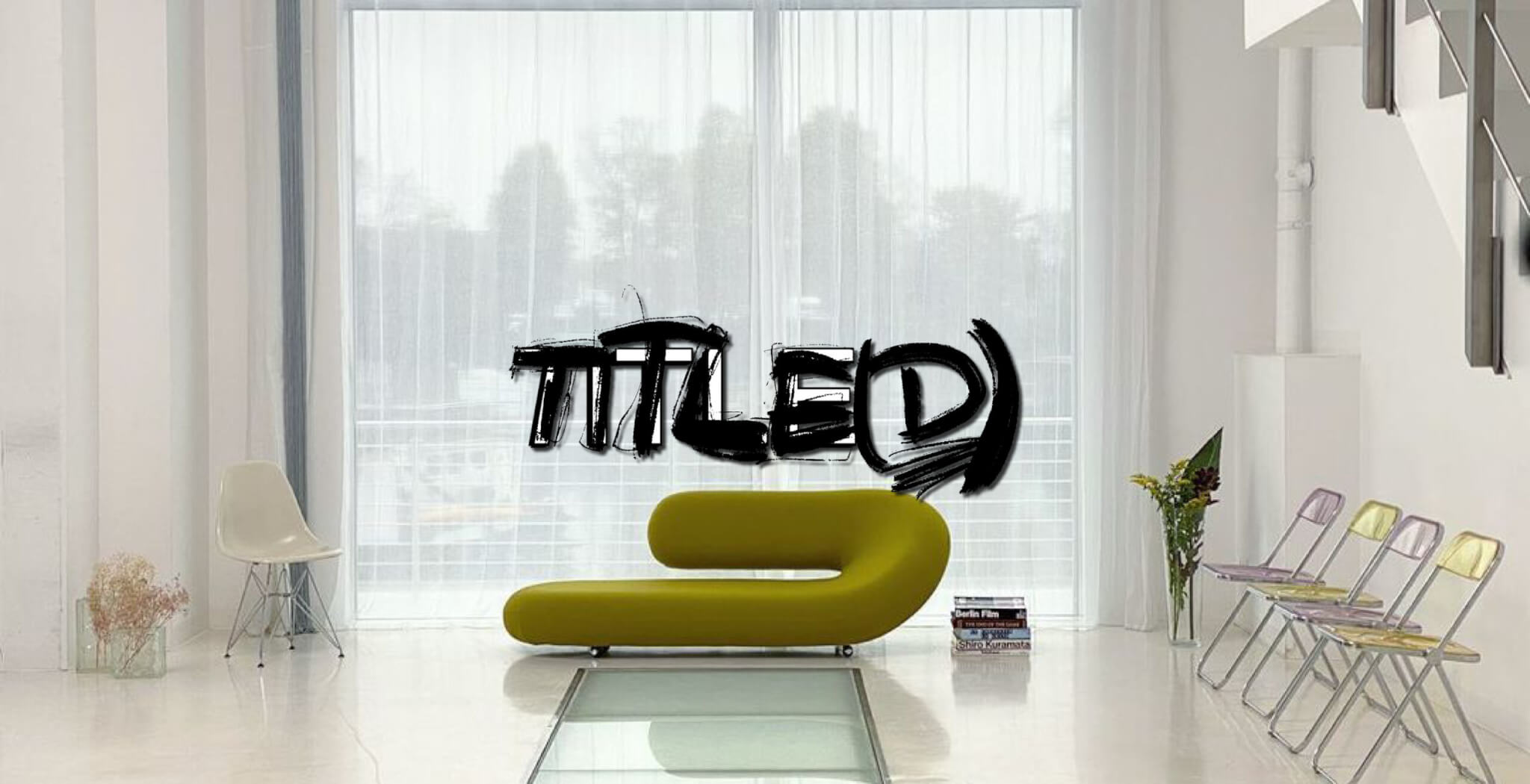NoPallets is a Berlin-based platform for vintage interior design, home goods, and art. Their e-showroom is driven by the goal of making timeless design known and accessible to the youth. Everything featured is personally curated and includes all types of items.
We interviewed Sam, a Berlin-based film director with a background in architecture who is currently handling the online-only platform. Over the last year, his passion for interior design evolved into his business.
How important are Vintage items for a more sustainable future?
Buying vintage instead of new is a reasonable step towards the reduction of both demand and production of new, consumerism-driven products. With more visual information everywhere around us, more variety of new products, people’s span of satisfaction from a specific purchase has gone down drastically in the last years, especially since the increase of ads in social media. Fashion and interior design are perfect examples for this – countless ‘limited’ and ‘exclusive’ collections and collaborations are dropping every minute, decreasing the level of actual exclusivity of the items we buy. By buying something that is not only out of production for a while, but also hard to find and already pre-owned, the sentimental value of the product is way bigger. It comes with a history, requires time and dedication to finding, and most importantly, is not available to the masses, which fills the hole that the countless new products create.
Is interior design a field in which consumers can make truly sustainable choices?
Interior design is definitely way more mellow in waste compared to the fashion and food industry for example. Mostly because it’s defined by the amount of space you have and the longer usage period. With this said, especially at a time when we are forced to stay home longer than ever before, we start paying more attention to our surroundings. People really start noticing how important it is to feel well and cozy at home, which empowers making sustainable long-term interior decisions.
What is problematic about common furniture brands? What should change in your opinion?
While there are a lot of differences in the strategies of common furniture brands nowadays, the thing they have in common is putting production quantity in front of production quality, which has resulted in flooding with short-lasting, trend-based, and therefore quickly outdated pieces. A good example of that is IKEA, which has transitioned from a company of practicality and clever solutions, into the furniture equivalent of fast food. I am sure every one of us has arrived home from IKEA with the thought ‘Why did I buy all these things?’. When you look back at IKEA in the ’70s and ’80s, it was rather bringing upscale design to the masses, which was initially a great concept. Another example that comes to mind is Vitra – a brand very different from IKEA, based on the long-run production of designer pieces. Unlike their mid-century products, the new ones have strongly compromised with quality and materials. The introduction of the plastic Eames side chair for example – Vitra’s remake of one of the most iconic chairs in a cheaper, lower durability version, with the same price tag. Other companies like Knoll and Herman Miller follow up on the higher production demand with multiple new colorways of their staple pieces and the whole industry becomes a consumerism feeding race.
Where do you see more potential? New and sustainable or re-used/ vintage?
The fact that I sell mostly used pieces doesn’t mean I’m against new design, not at all. I think that as long as companies produce timeless designs with enough attention to production, aspects of collectability like exclusivity and uniqueness could be preserved and design can become special and cool again. In the long run, using people’s ability to follow trends doesn’t help humanity at all. I believe vintage and new design could work hand in hand in direction of more sentimental ownership – and we will again feel at peace with what we already have and what is already built for us, rather than chasing another disposable home.



























